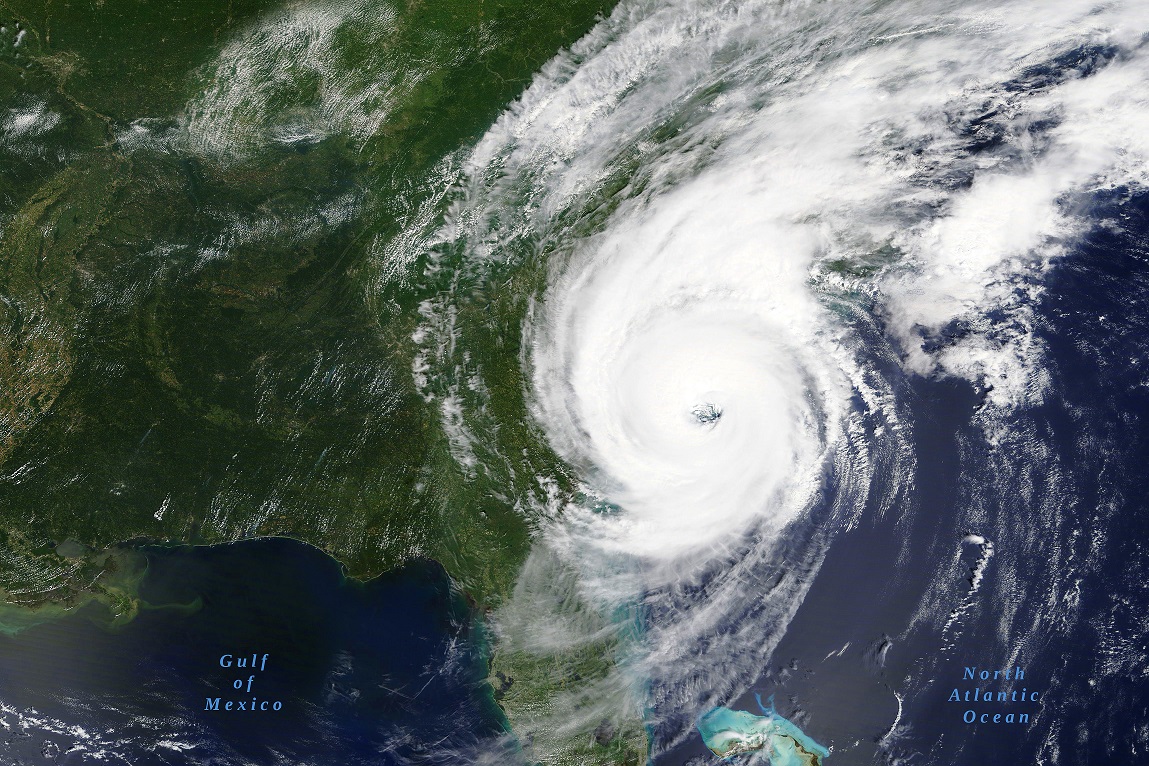As part of its efforts to help the Caribbean recover from the long-term impacts from hurricanes Irma and Maria, the U.S. Environmental Protection Agency (EPA) says it is giving $6.2 million to the Puerto Rico Department of Natural and Environmental Resources (DNER) as the first installment of a $40 million grant for hazardous and solid waste management financial assistance.
But the work is just beginning as the island struggles with a massive amount of waste flooding its landfills and a “crippling solid waste infrastructure,” the EPA says.
“EPA is partnering closely with Puerto Rico as we work collaboratively to tap into every eligible financial resource available to assist with the long-term recovery work and bring stability to the island, both environmentally and economically,” says EPA Regional Administrator Pete Lopez. “Many of Puerto Rico’s landfills were facing challenges such as not meeting requirements or nearing capacity before hurricanes Irma and Maria generated more than 12 million cubic yards of debris. This funding will help Puerto Rico’s government build capacity in its solid waste programs and help municipal landfills make urgent improvements.”
Hurricanes Irma and Maria devastated Puerto Rico in 2017. Irma grazed the island as a Category 5 hurricane in September of that year, leaving hundreds of residents without power. Just weeks later, Maria hit the island as a Category 5 hurricane, considered by many a “catastrophic event” that flooded homes, wiped out infrastructure and caused at least dozens of fatalities.
It is expected that EPA’s approval and financial backing of DNER’s waste management work plan will aid Puerto Rico’s post-storm landfill issues and develop a long-term sustainable solid waste program that addresses historic shortcomings and increases preparedness for managing waste from future storms. The work is expected to take seven years.
DNER proposes to implement the grant work plan activities in two phases. Phase I, funded by the $6.2 million installation, will begin shortly after grant funds are received with EPA oversight. It includes hiring and training staff, conducting a solid waste characterization study, updating Puerto Rico’s integrated solid waste management plan, and updating solid waste regulations to adequately design, construct and operate landfill systems.
A solid waste characterization study followed by a market analysis allows the government to understand the composition of materials discarded in the waste stream. Waste characterization data is collected by taking samples of waste and sorting it into material types, including recyclable items such as newspapers, cardboard, plastic bottles, glass bottles and jars, tin cans and small appliances. This study is the first step in developing and updating the integrated solid waste management plan and evaluating ways to reduce and manage waste and cut disposal costs. Additionally, the data collected will inform and assist the government of Puerto Rico when making future policy and regulation decisions in its efforts to improve its landfill operations.
Once DNER is ready to start Phase II of the work plan activities, EPA will collaborate with DNER to approve the plan and award the remaining $33.8 million in grant funds. Phase II will use the grant funds for more staffing and training, providing outreach and technical assistance, conducting permit and landfill closure plan reviews, and conducting non-hazardous waste compliance and enforcement activities.
Throughout the process, EPA says it will continue to work closely to provide support to DNER and the Puerto Rican government as they work with local offices and other stakeholders to maintain a sustainable solid waste program.
EPA says it appreciates the Puerto Rican community’s desire to promote waste reduction and recycling as key priorities. The agency adds that it shares those goals and looks forward to continued, constructive engagement with DNER.
The funding is awarded through the Supplemental Appropriation for Disaster Relief under the Bipartisan Budget Act of 2018, which provides supplemental appropriations to respond to and recover from recent hurricanes and other disasters.
IMEC Technologies provides Safety Management Software to increase worker safety and aid compliance. IMEC’s Safety Management Software will manage inspections and audits, provides hazard identification, incident reporting, management of corrective and preventative actions from generation to closure. IMEC provides lock out tag out software solutions that will allow users to create lockout tagout procedures using an intuitive Mobile App and Manage Lockout Tagout Procedures, also the Review and Execution of those Lockout Tagout Procedures using the Mobile App. Annual Lockout Tagout Procedures audits are conducted using a Mobile App. The Mobile Inspection App allow users to perform inspections and audits, for example the system can be used as a Fire Extinguisher Barcode Inspection Software system to manage monthly fire extinguisher inspections and general fire safety inspections and also to record safety observations and manage corrective actions, anywhere and anytime. The solution can be used as a fire extinguisher barcode inspection software system or life safety inspection system to aid compliance in Higher Education, Healthcare, Industrial and Commercial Organizations. Benefits from a Fire Extinguisher Barcode System include the elimination of paperwork and reducing the burden of compliance with regulations such as NFPA, The Joint Commission. The Incident Reporting App allows users to easily and quickly report incidents, hazards and near-misses, these are then sent to the appropriate people for action and are managed to closure. Web Apps provide features such as, setup, management, scheduling tools, analysis, reporting and dashboards etc with the ability to report incidents to government bodies such as OSHA and RIDDOR. HazMat T&T is a hazardous waste management software solution designed for Environmental Service Companies and companies who generate a large quantity of hazardous waste. The solution tracks hazardous waste from cradle to grave aiding compliance, providing accurate waste inventory, increasing waste handling efficiency, reducing risk and also helps manage waste costs. HazMat T&T Hazardous Waste Management Software can be deployed in a number of deployment scenarios, from Large Hazardous Waste Generators, tracking their hazardous waste at their site to Environmental Service and Waste Management Companies using it track and manage hazardous waste at transfer and disposal sites. For more information visit our website www.imectechnologies.com

